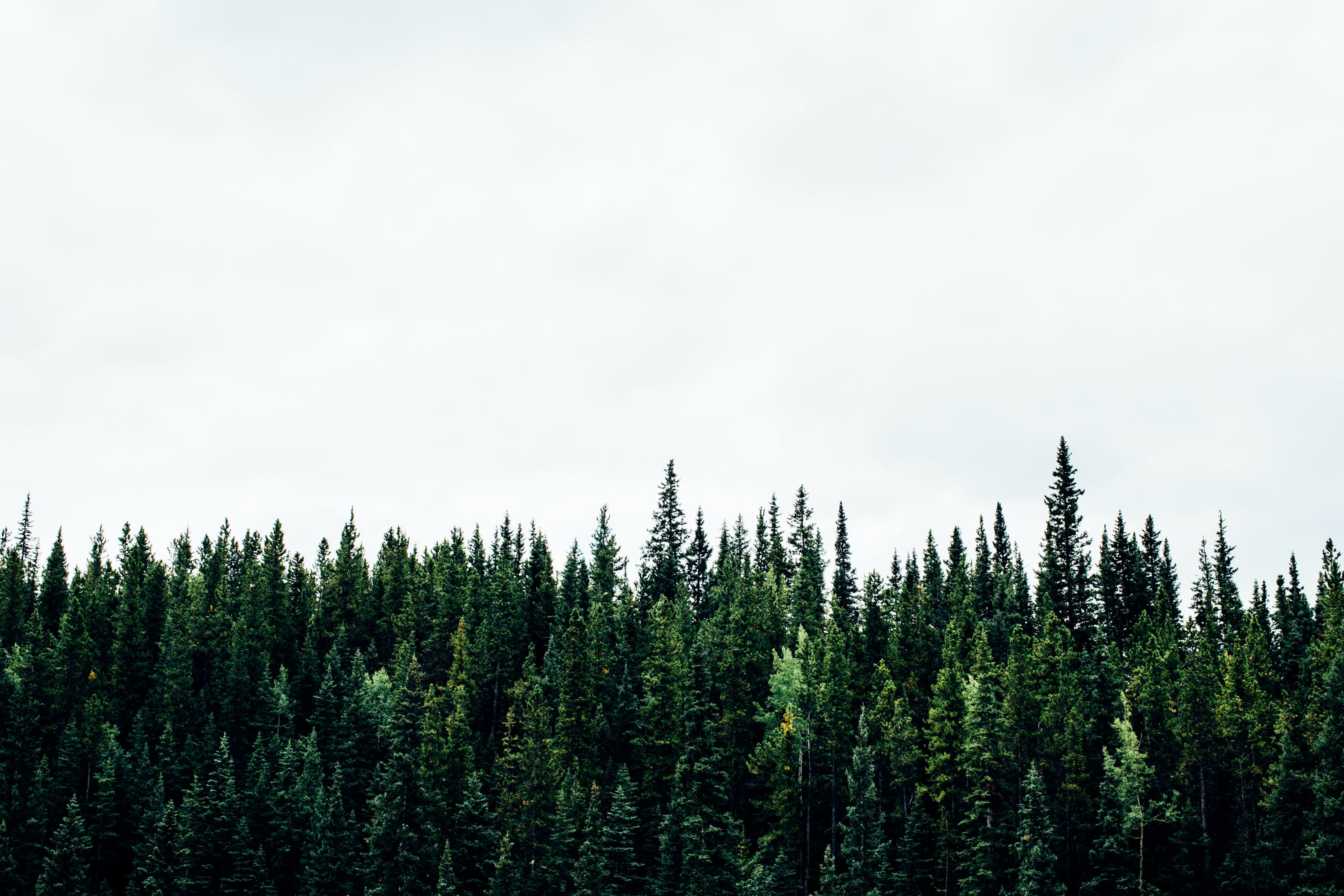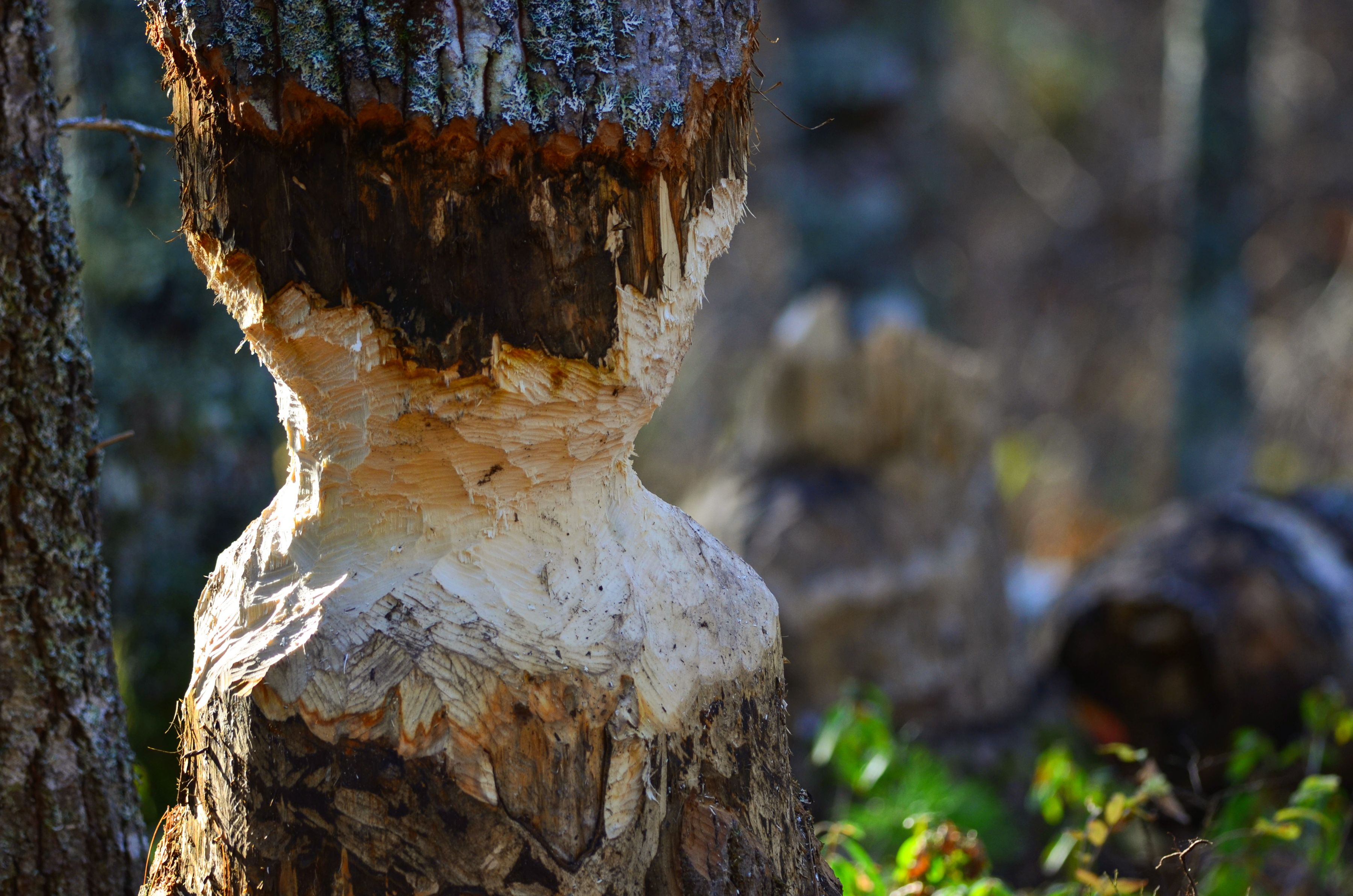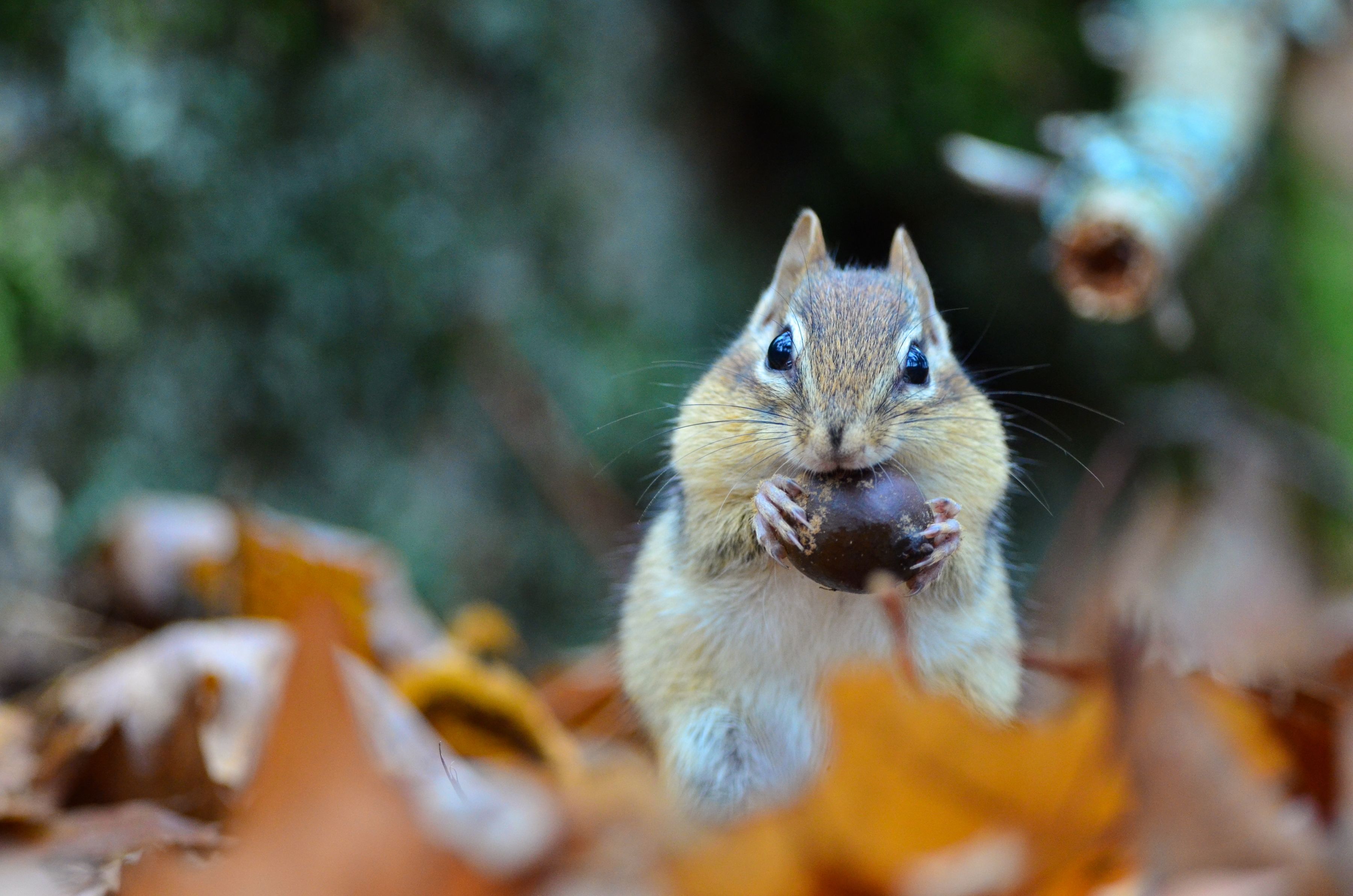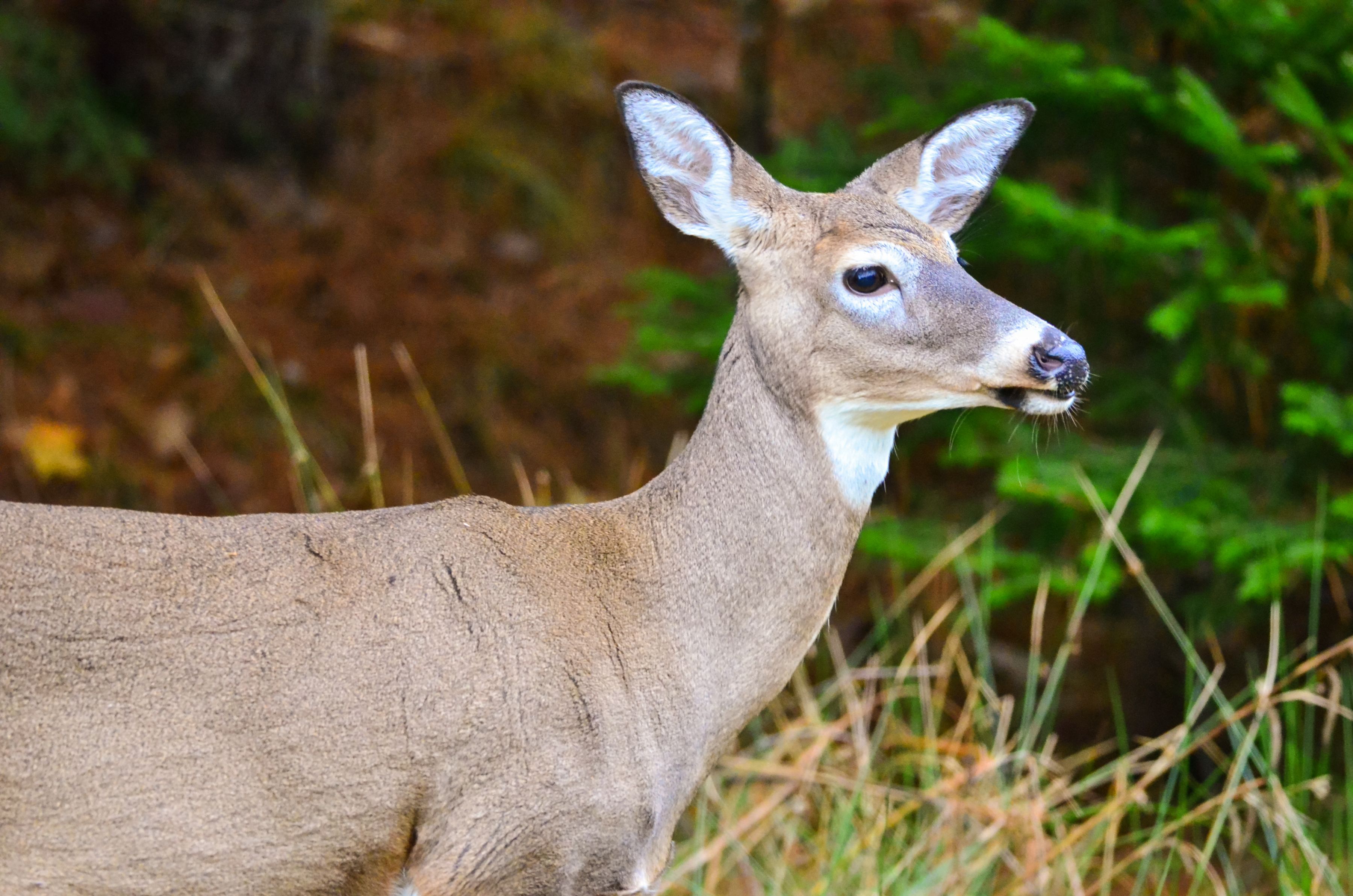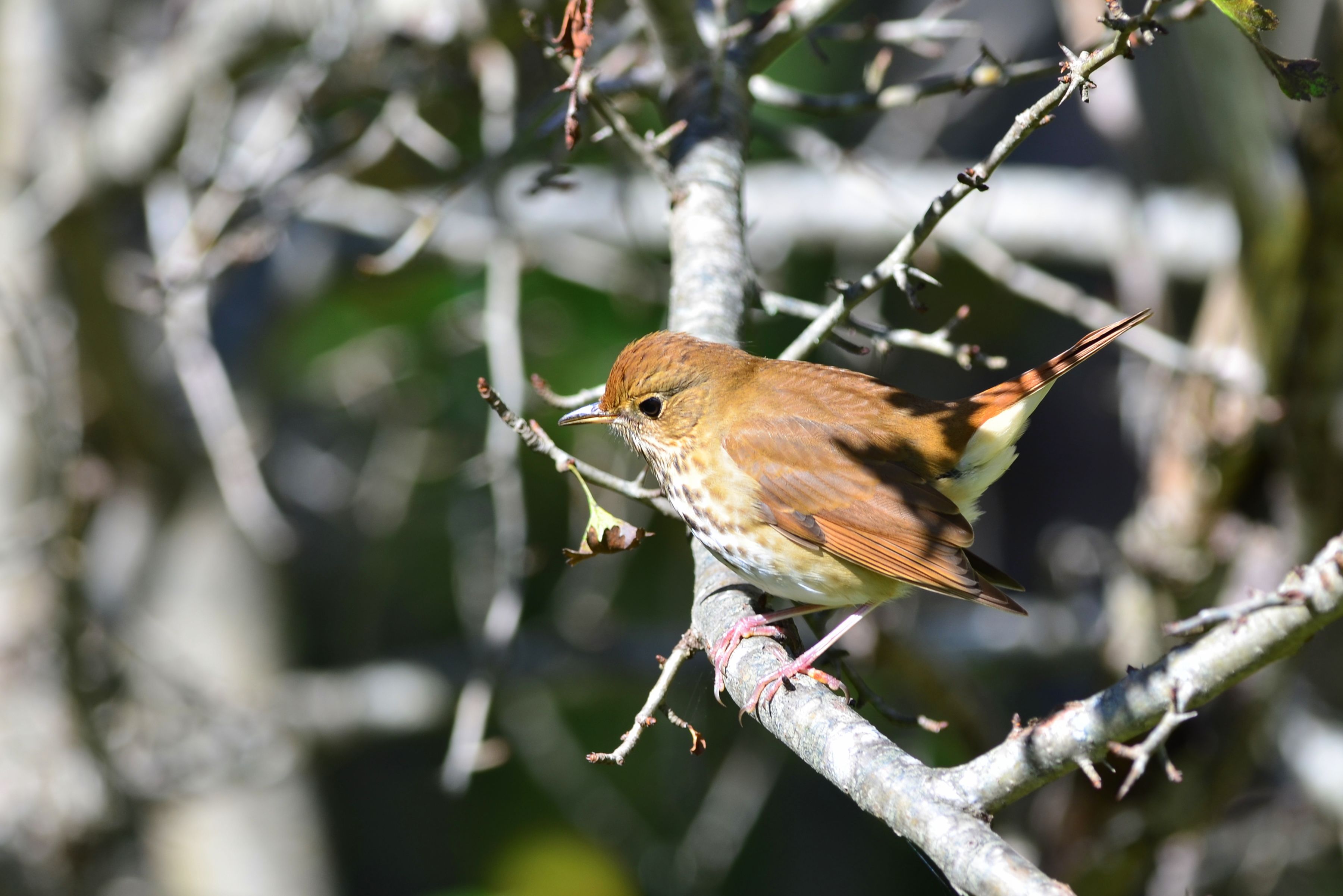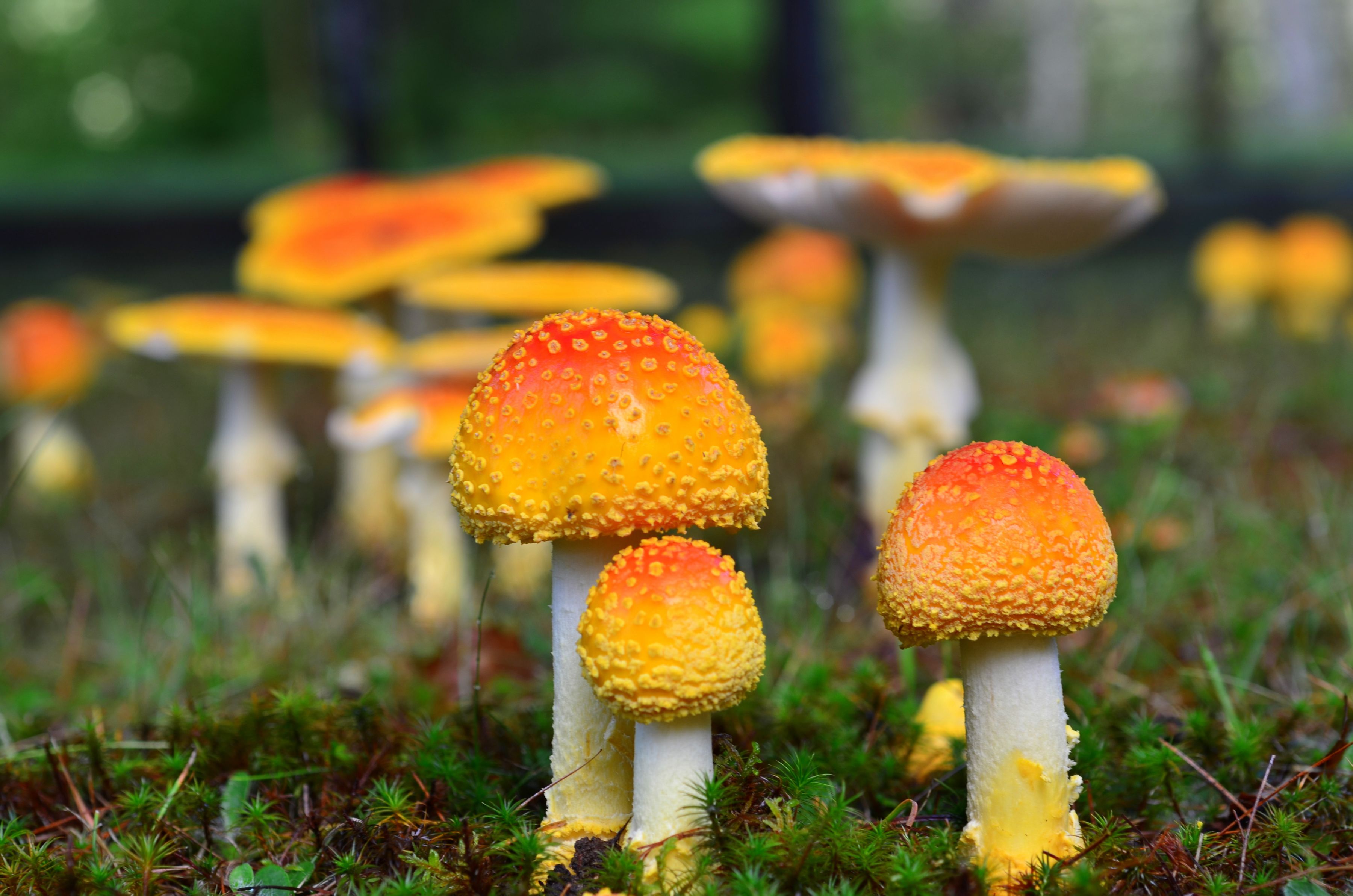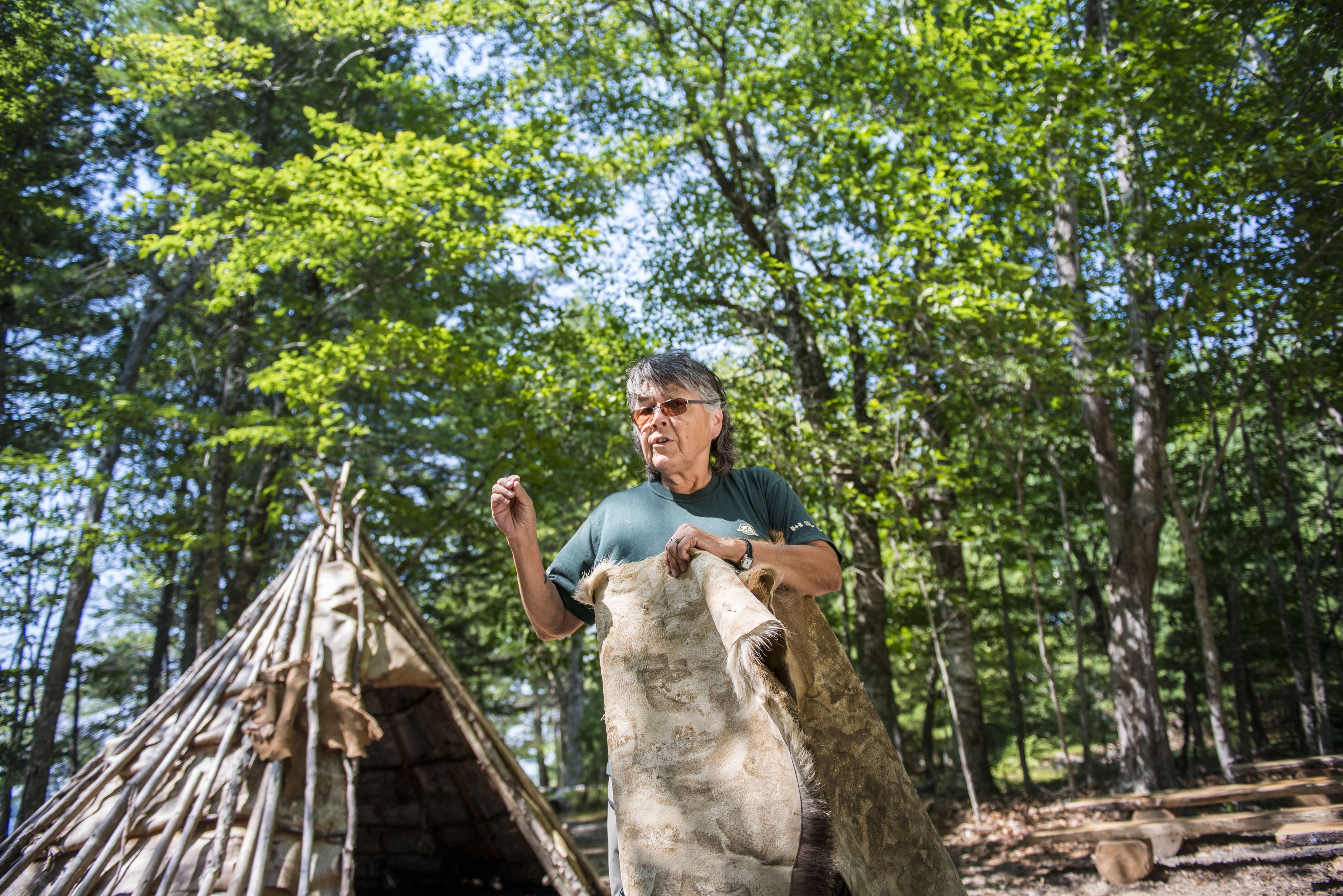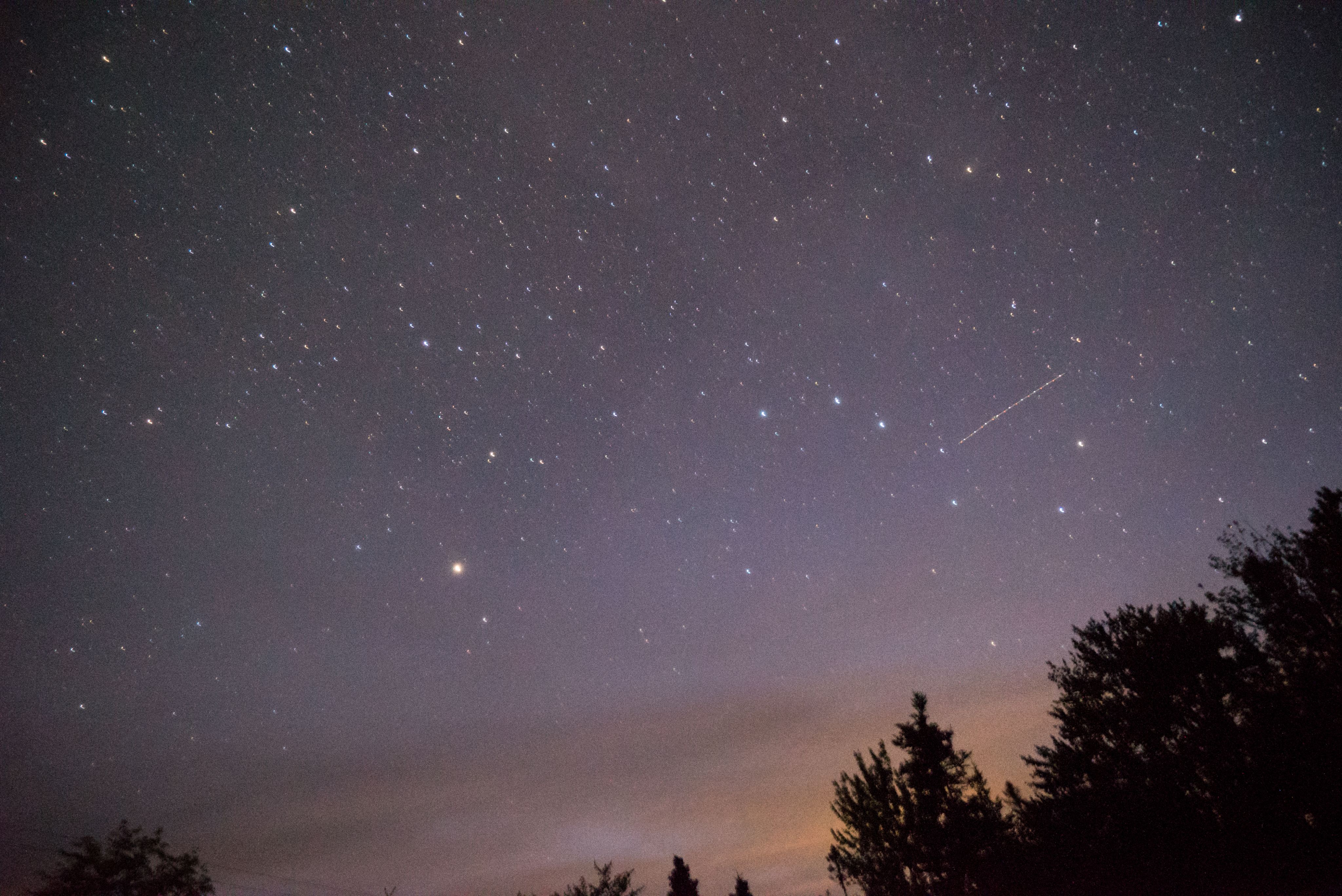Wetlands to Woodlands
Exploring Nova Scotia's Kejimkujik National Park
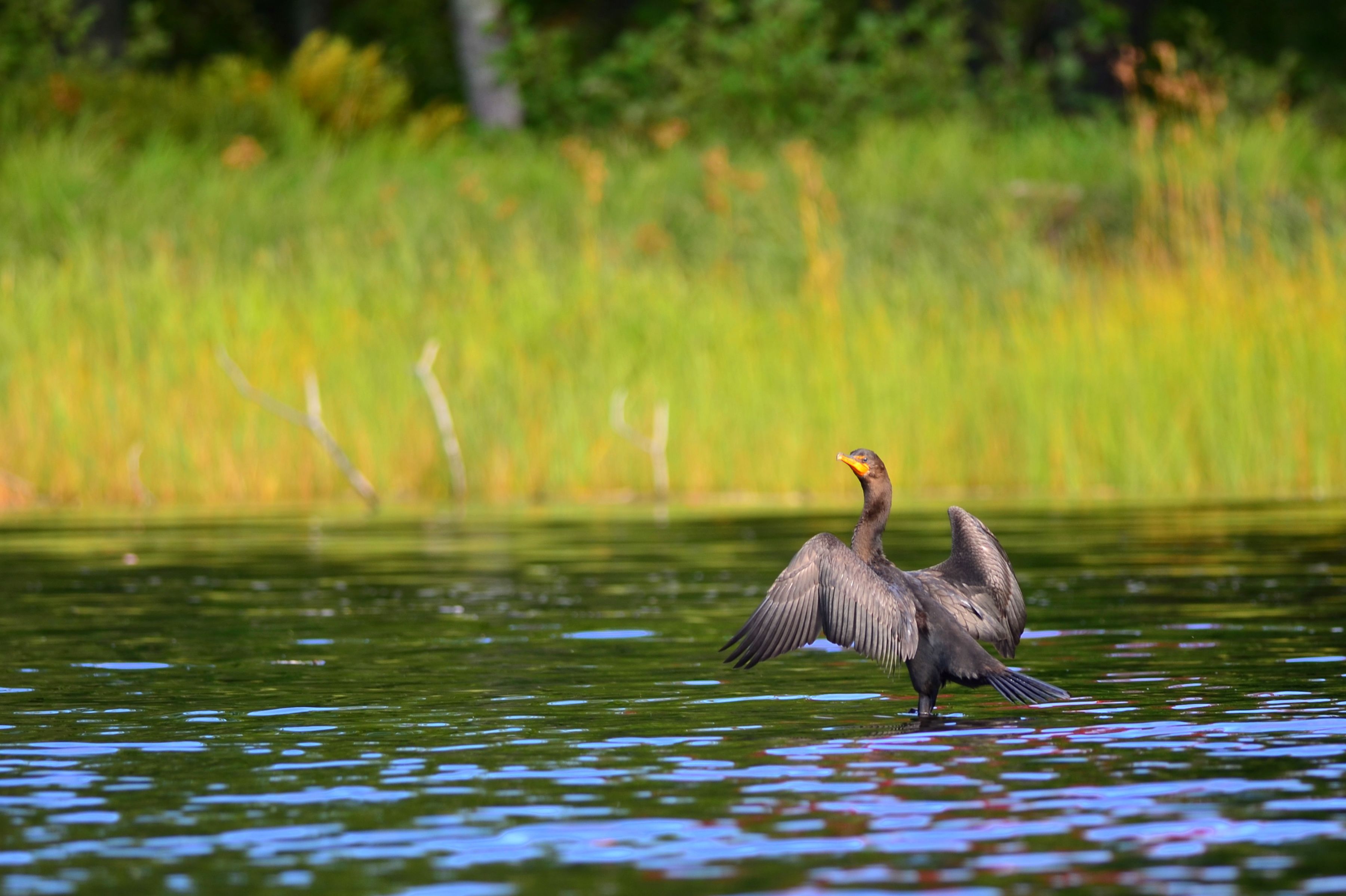
The first light of dawn breaks over Kejimkujik Lake, casting a golden glow over the mirrored surface. Loons call in the distance, a sound that has echoed through these waters for centuries. This serene expanse is more than a picturesque wilderness — it is a refuge for wildlife, a sacred place for the Mi’kmaq, and a living tapestry of biodiversity.
Welcome to Kejimkujik National Park and National Historic Site. Located in southwestern Nova Scotia, 'Keji' as it is affectionately called, protects old-growth forests, ancient cultural sites and a plethora of critical ecosystems.
Scroll down to explore the many facets of this national park.

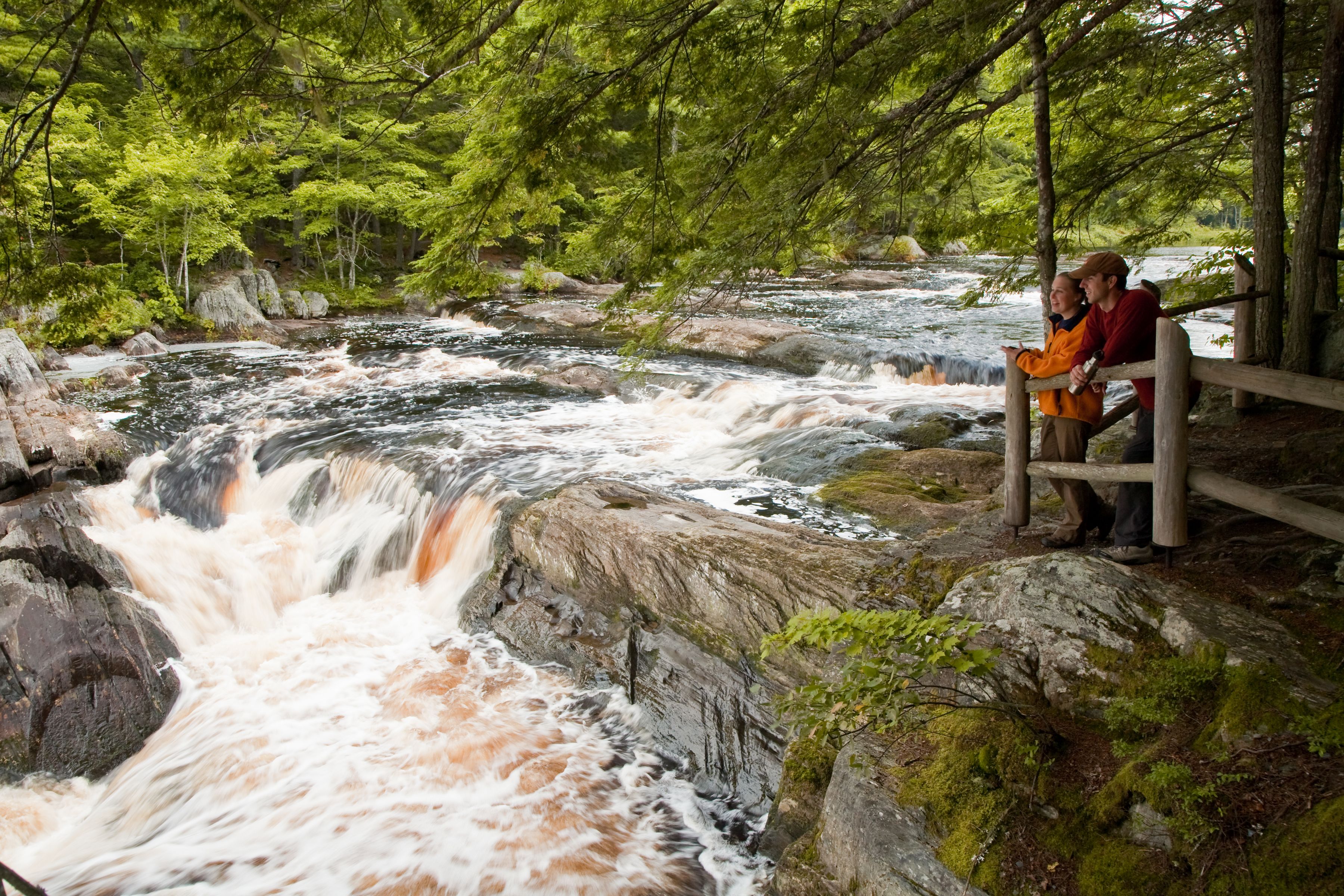
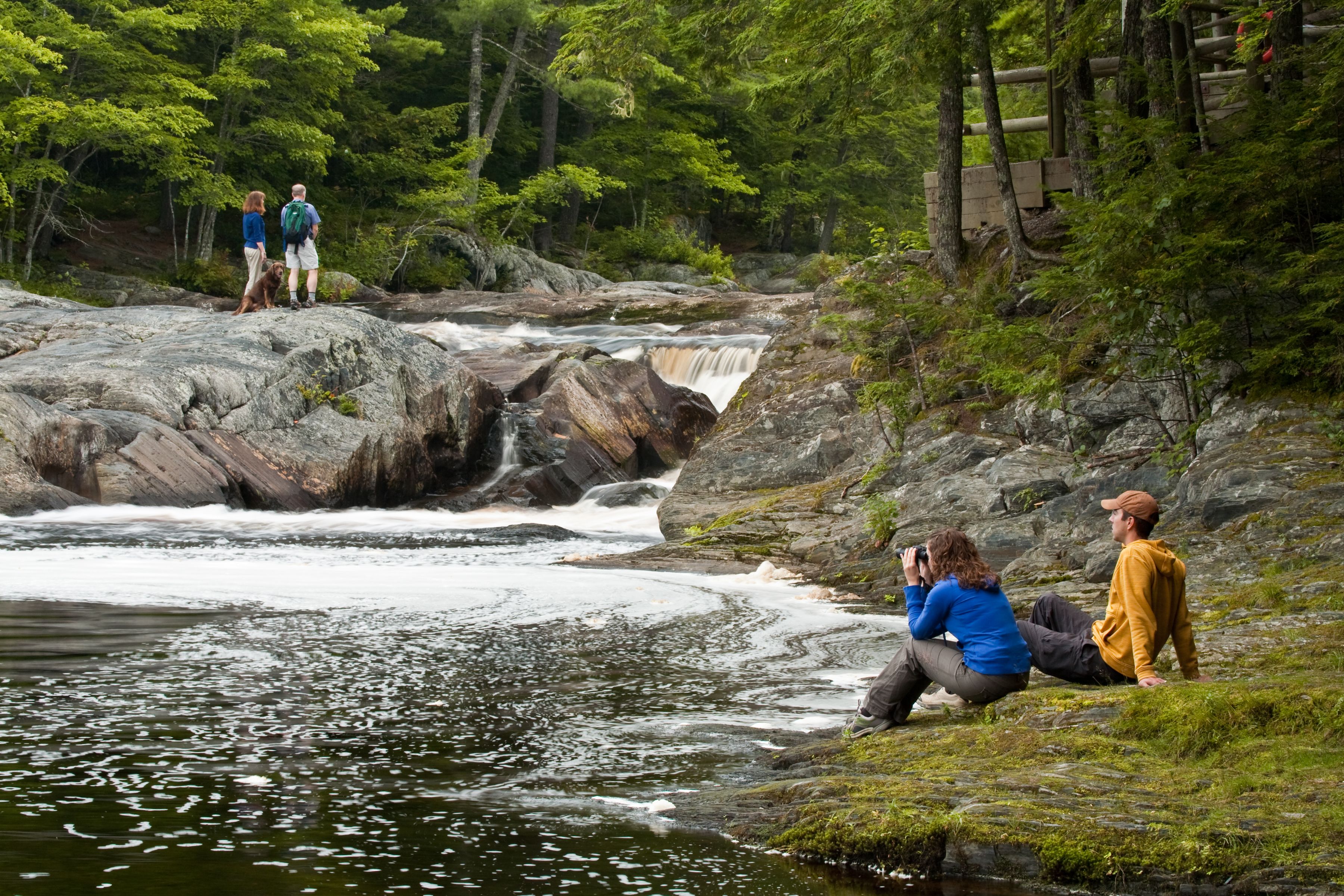
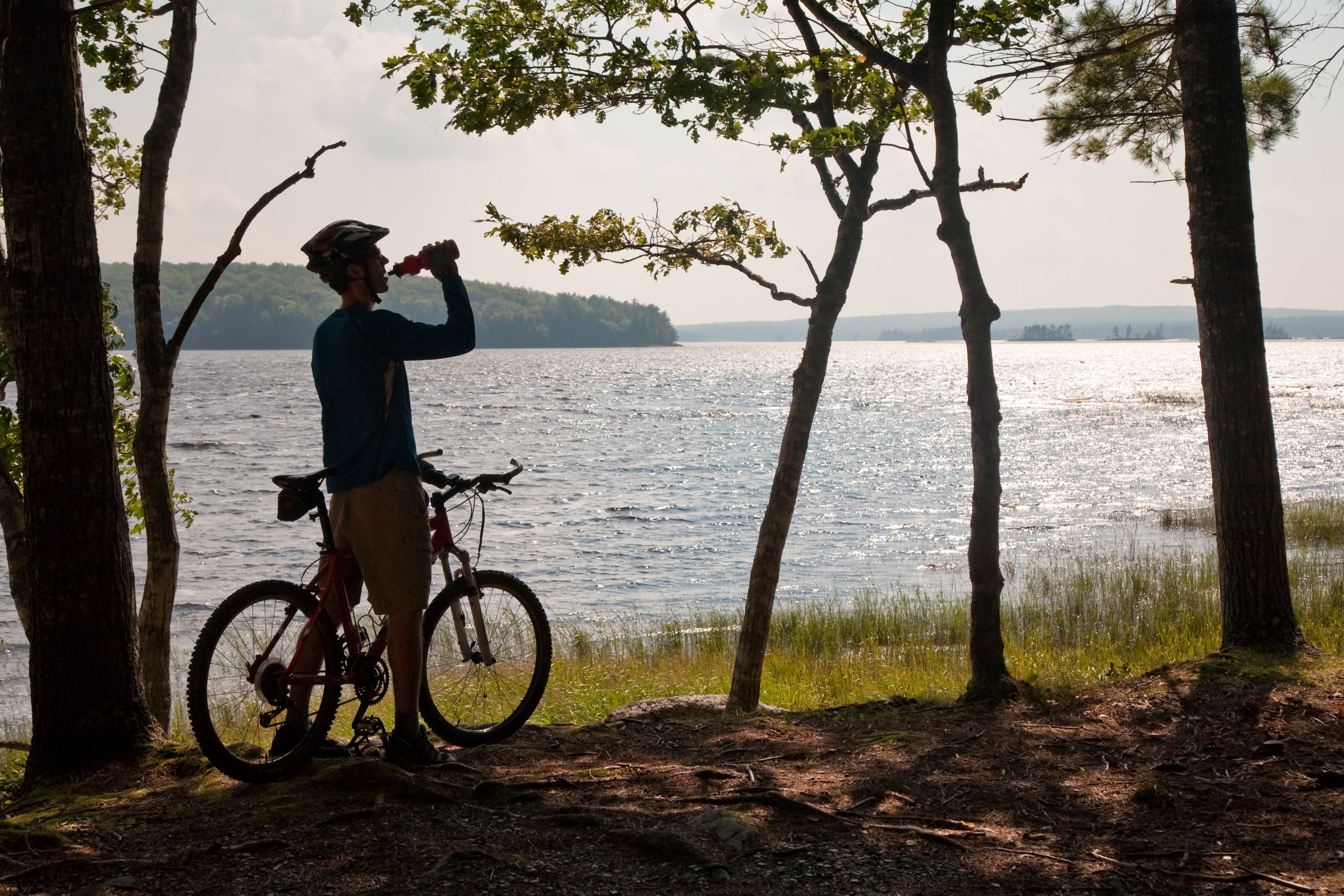
Kejimkujik National Park spans more than 400 square kilometres on two distinct sites: one inland and one on the coast.
Contained within the park's borders are 46 lakes and ponds and more than 30 streams and rivers. These waterways are part of the largest watershed in Nova Scotia.
Surrounding these waters are forests of the Acadian Forest zone. This is a transition area between the deciduous forests found further south and the evergreen trees of the north.
Pockets of old-growth forest remain within the park, one of the last remaining places in the province where centuries-old trees can be found.
The varied ecosystems within the park — from forests to wetlands, slow-moving streams and large lakes —support a wide array of wildlife. Hundreds of bird species such as loons, owls and woodpeckers make their home here, as do reptiles, amphibians, fish and mammals.
The inland portions of Kejimkujik are especially important as a habitat for snakes and turtles, as well as all of the province's known species of amphibians.
The Kejimkujik Seaside portion of the park — which is approximately 100 km away from the inland portion — protects habitat for the Piping plover, a species at risk that nests on the beach. Staff and volunteers participate in nesting surveys to gauge the health of these birds and work to restore plover habitat.
The Barred owl is especially active around the Jeremys Bay campground.
The Barred owl is especially active around the Jeremys Bay campground.
As magical as is the ecosystem of Kejimkujik, the full story of what makes the land special is in its status as a National Historic Site.
Centuries ago, the Mi’kmaq people carved their stories into the rocks, and these images of hunters, families, and spiritual symbols remain to this day. The petroglyphs serve as a bridge between past and present, connecting the Mi'kmaq to their ancestors and the land.
More than 500 petroglyphs have been uncovered within the park, which makes it one of the largest collections on this side of North America.
Mi'kmaq living culture and heritage is celebrated within the park, and visitors can participate in a variety of immersive activities.

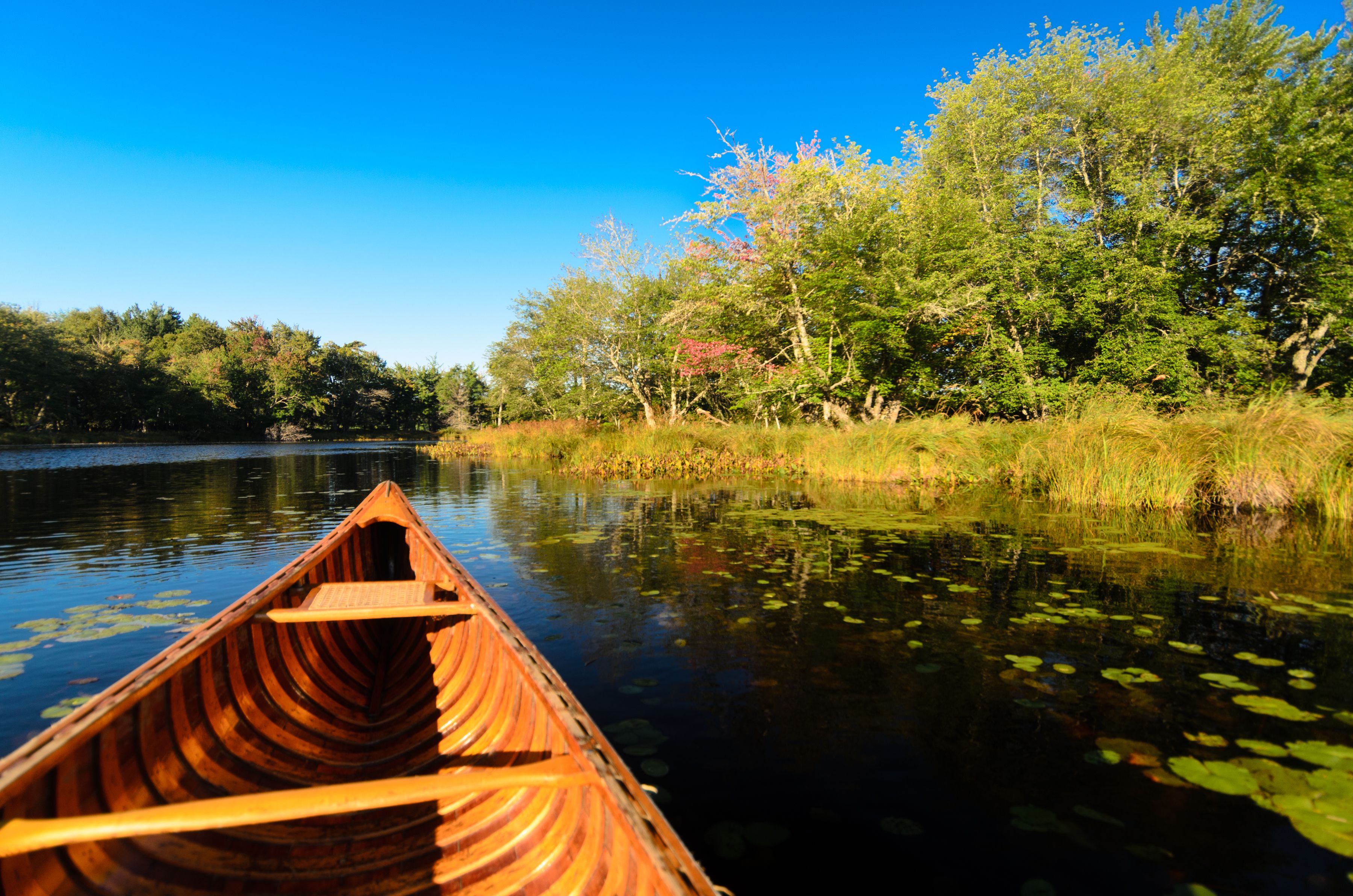
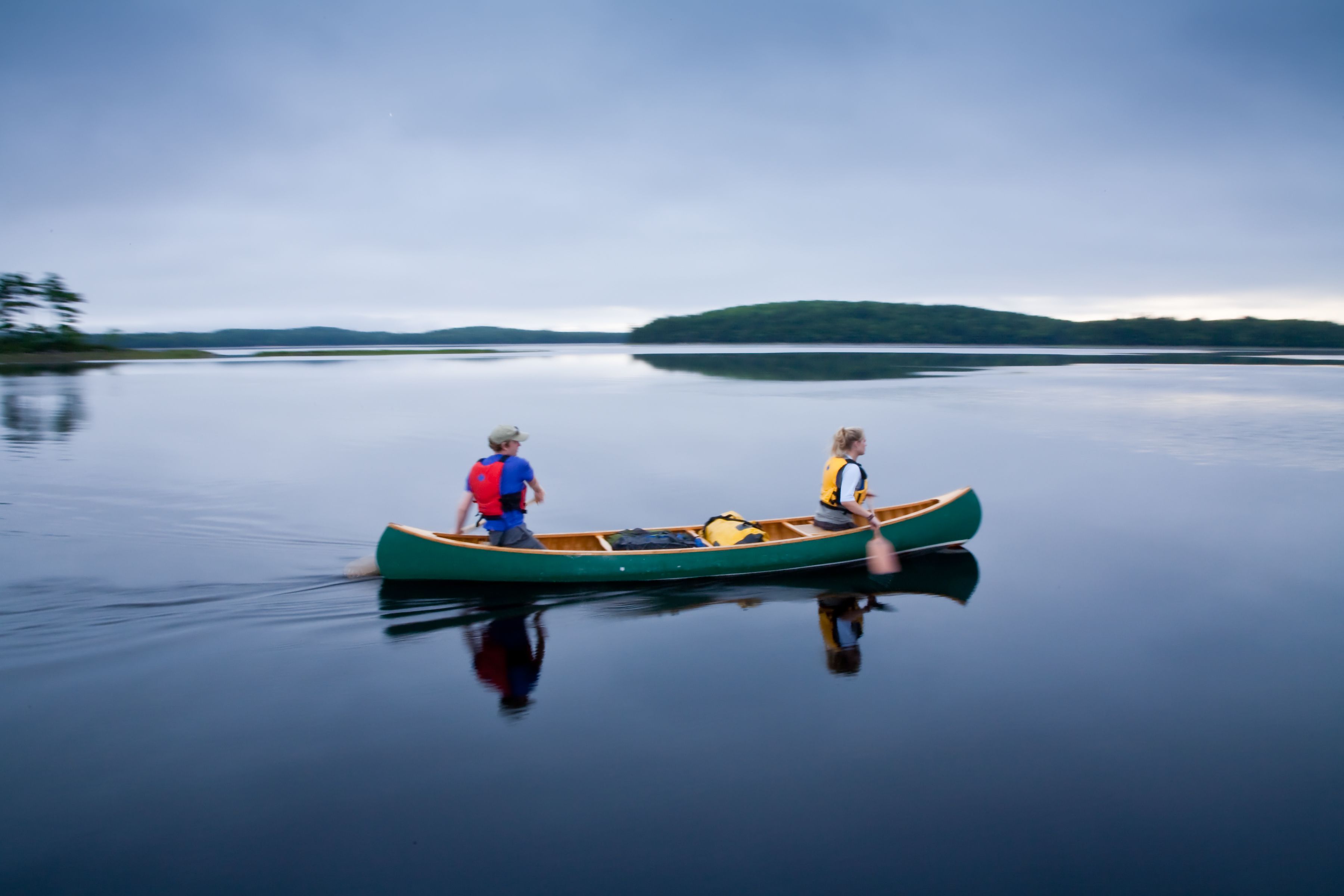
The waterways of Kejimkujik were once the highways of the Mi’kmaq people, their birchbark canoes navigating these routes for trade and travel. Paddling these waters today offers a glimpse into the past, where the rhythm of the paddle echoes the journeys of those who came before.
Driving south out of the park, it takes approximately one hour to reach the Kejimkujik National Park Seaside area near Port Joli.
This coastal park is day-use only, with free admission, and showcases a completely different ecosystem from its sister site.
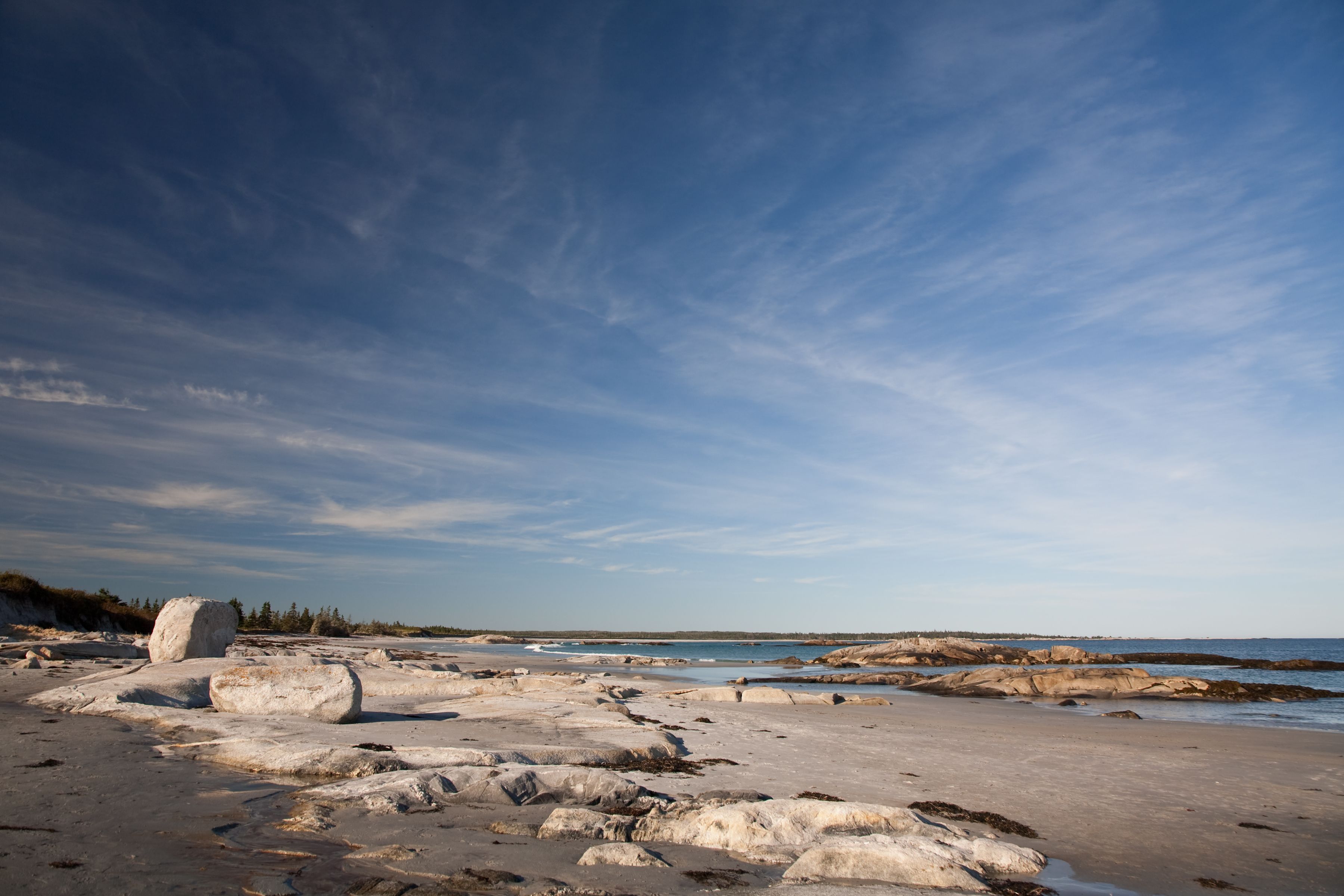
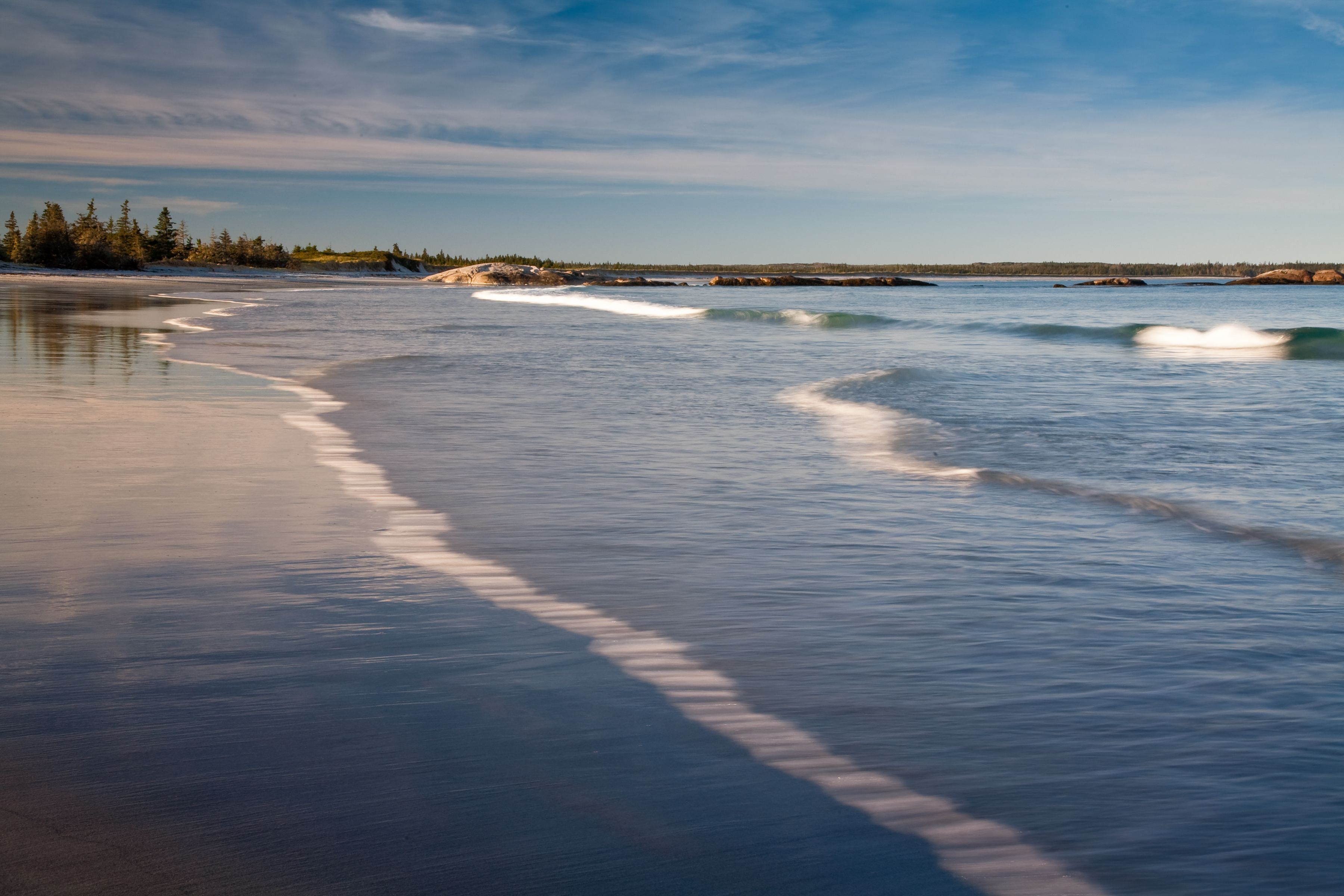
Kejimkujik Seaside is a stunning stretch of Nova Scotia’s Atlantic coastline, protecting a mix of coastal habitats that are both beautiful and ecologically important. Within its 24 square kilometres, you'll find windswept barrens, bogs, ponds, rocky capes, cobble beaches, and quiet coves. The park is also home to pristine white sand beaches and crystal-clear turquoise waters, making it a breathtaking place to explore.
One of the most important features of Kejimkujik Seaside is its lagoon estuaries, found at St. Catherine’s River Beach and Little Port Joli Beach. These areas are full of tiny invertebrates that provide food for shorebirds, including migratory species that rely on these wetlands for survival.
The park also supports a variety of marine life, making it a vital part of the coastal ecosystem.
Visitors come to both parts of the park to hike, cycle or paddle. The inland portion of the park offers camping sites and a variety of roofed accommodations such as oTENTik, Ôasis, and rustic cabins. Those staying overnight will find themselves mesmerized by the beauty of the night sky, as the park is also a Dark Sky Preserve.
Read Tales from the Dark for more Dark Sky stories
For more information on visiting Kejimkujik National Park and National Historic Site, visit the Parks Canada website.

Canada. Crafted by Canadians.
